
Romania National Day, known as “Ziua Națională a României” in Romanian, is celebrated on December 1st each year. This holiday marks the unification of Transylvania, Bessarabia, and Bukovina with the Kingdom of Romania in 1918. Here are some key points about Romania National Day:

Picture credits Digi24
Romania national day – historical significance
The date of December 1, 1918, is significant because it was when the National Assembly of Romanians in Alba Iulia (located in Transylvania) adopted the resolution to unite with the Kingdom of Romania. This event led to the formation of Greater Romania, through the historic resolution known as the “Alba Iulia Declaration.”
This declaration proclaimed the desire of the Romanian people in these regions to unite with the Kingdom of Romania. This act of unification was a response to the tumultuous political changes and the aftermath of World War I.
Prior to this unification, these regions were under the control of different empires. Transylvania was part of the Austro-Hungarian Empire, while Bessarabia and Bukovina were under Russian and Austrian rule, respectively. The National Day symbolizes the end of foreign domination and the aspiration for self-determination by the Romanian people in these areas.
The unification of Transylvania, Bessarabia, and Bukovina with the Kingdom of Romania created Greater Romania, significantly expanding the territorial boundaries of the country. This enlarged Romania was a diverse and multi-ethnic state, reflecting the complex history and cultural diversity of the regions involved.
Romania National Day represents the idea of a single Romanian nation and the cultural, linguistic, and historical ties that bound these regions together. It affirmed the Romanian people’s shared identity and their determination to live within a unified state. The events of December 1, 1918, laid the foundation for the modern Romanian state. The unification contributed to the development of Romania as a sovereign and independent nation, influencing its political, social, and cultural development in the 20th century and beyond.
In summary, Romania National Day commemorates the pivotal moment in the nation’s history when different regions came together to form a united Romania, ending foreign rule and shaping the country’s identity and territorial boundaries. It remains a day of great historical significance and pride for the Romanian people.
Traditional events
On Romania National Day, December 1st, various traditional events and celebrations take place across the country. These events are meant to commemorate the historical significance of the day and celebrate the unity and culture of Romania. Here are some of the traditional events and customs observed on this day:
Military Parade in Bucharest: The capital city, Bucharest, hosts a grand military parade on December 1st. It typically takes place in front of the Palace of the Parliament and includes impressive displays of military precision, marching bands, and the participation of the country’s armed forces. The parade is attended by high-ranking officials and the public.
Flag-Raising Ceremonies: Flag-raising ceremonies are held in various cities and towns throughout Romania. The national flag, consisting of three vertical stripes (blue, yellow, and red), is hoisted while the national anthem is played. This symbolizes the unity and pride of the nation.
Cultural Performances: Cultural events and performances are organized in many places, featuring traditional Romanian music, dance, and folklore. These celebrations showcase the rich cultural heritage of Romania and often include folk dances, music concerts, and exhibitions of traditional crafts.
Fireworks Displays: Fireworks displays light up the night sky in cities across Romania. These spectacular shows are a favorite among both locals and tourists, creating a festive atmosphere.
Wreath-Laying Ceremonies: Wreath-laying ceremonies are organized at important monuments and historical sites, including the Alba Iulia Citadel, where the historic unification declaration was made in 1918. Officials and representatives from various regions pay their respects by laying wreaths to honor the memory of those who contributed to the country’s unity.
Public Gatherings: Many towns and cities host public gatherings and parades where local communities, schools, and organizations participate, often dressed in traditional Romanian costumes. These events promote a sense of unity and patriotism among the people.
Traditional Food: Romanian cuisine plays a significant role in the celebrations. Special dishes and traditional foods are prepared and shared among families and friends. Traditional treats like mămăligă (polenta), sarmale (cabbage rolls), and various desserts are enjoyed.
Historical Reenactments: Some regions organize historical reenactments of the events leading to the unification in 1918. These reenactments help people connect with the past and better understand the significance of the day.
Romania National Day is a time for Romanians to come together, celebrate their nation’s history and culture, and express their pride in their country’s unity and independence. It’s a day filled with festivities, patriotism, and a strong sense of national identity.
The Romanian flag
The history of the Romanian flag, known as the “Tricolorul,” is deeply intertwined with the country’s quest for independence and the evolution of its national identity. Here is a detailed history of the Romanian flag:
- Early Flags: Before the modern Tricolorul, various flags were used by Romanian regions and principalities. However, the colors red, blue, and yellow were often present in different historical banners and coats of arms of Romanian rulers and territories.
- Wallachian Revolution of 1848: The Tricolorul as we know it today originated during the Wallachian Revolution of 1848, a significant moment in the fight for Romanian independence from Ottoman rule. The revolutionaries adopted the red, blue, and yellow flag to symbolize their aspirations for a unified Romanian state. The design consisted of vertical stripes, with blue on the hoist side, followed by yellow and red.
- Moldavian Revolution of 1848: Around the same time, during the Moldavian Revolution of 1848, a similar Tricolorul was used to represent the desire for independence and unity in the Moldavian region.
- Union of the Principalities: The Moldavian and Wallachian revolutions led to the union of the two principalities in 1859, forming a single state known as the United Principalities of Moldavia and Wallachia, with Alexandru Ioan Cuza as the ruling prince. The Tricolorul became the national flag of this newly united state.
- Foundation of Modern Romania: In 1862, the United Principalities adopted a more standardized version of the Tricolorul, with vertical stripes of blue, yellow, and red from the hoist to the fly. The order of the colors was reversed from the earlier design. This flag became the official flag of Romania when the country was officially established as the Kingdom of Romania in 1881.
- Modern Tricolorul: The Tricolorul with the blue-yellow-red vertical stripes remains Romania’s national flag to this day. The colors themselves have symbolic meanings:
- Blue represents the sky and the two main rivers of Romania, the Danube and the Dniester.
- Yellow symbolizes the fields and the country’s abundant agricultural resources.
- Red stands for the bloodshed by Romanian soldiers during various wars and conflicts.
Various Historical Changes: Romania went through various historical changes in the 20th century, including World War I, territorial expansions and losses, and political shifts. Through these turbulent times, the Tricolorul continued to represent the nation’s identity and aspirations.
Contemporary Use: After the fall of communism in 1989, Romania’s Tricolorul has remained the national flag, representing the country’s democratic values, unity, and independence. It is flown proudly on various national and public occasions, including Romania National Day, and is a symbol of the nation’s rich history and culture.
In summary, the Romanian flag, known as the Tricolorul, has a history deeply rooted in the country’s quest for independence and unification. It has evolved over time but has maintained its essential design and significance as a symbol of Romanian national identity and pride.
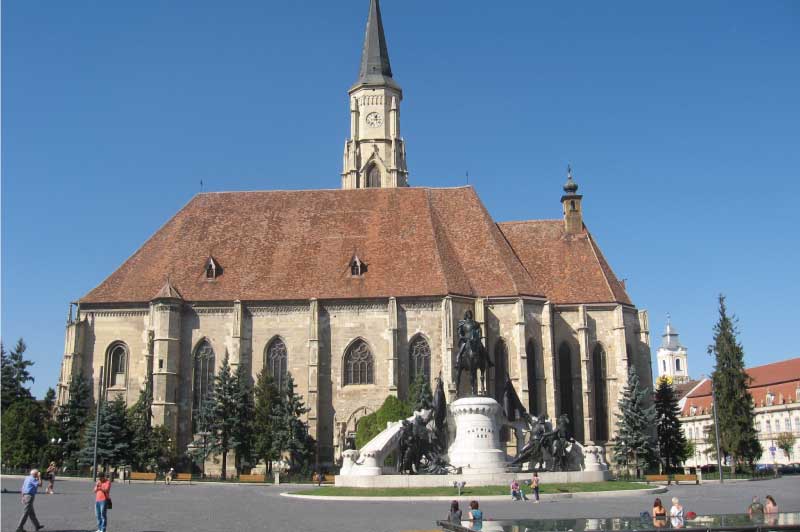
Picture credits Istvánka
If you need a guide, if your are looking for a tour around Transilvania, read this article. Click here! Or contact us.
Discover our article about Dracula and Poienari Castle here.
You may as well learn more about where did Vlad Tepes live, and especially about Targoviste, the city where Vald Tepes settled and had his real Castle (not Bran castle). Click here to learn more about Targoviste.


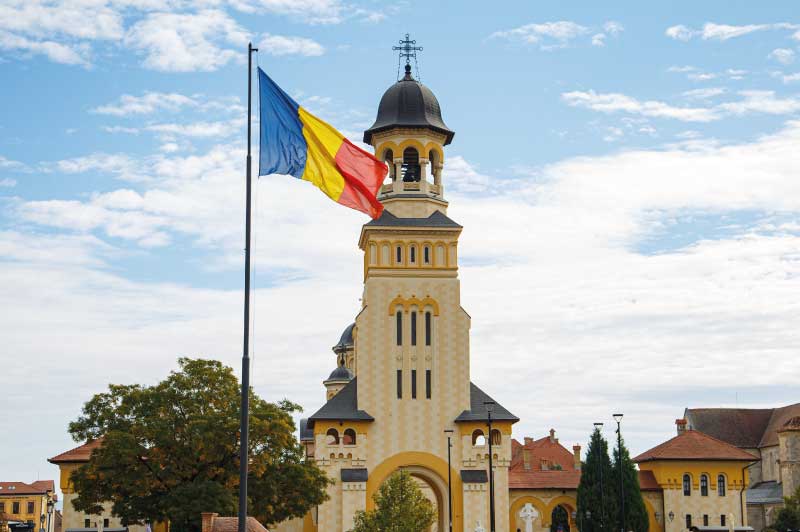
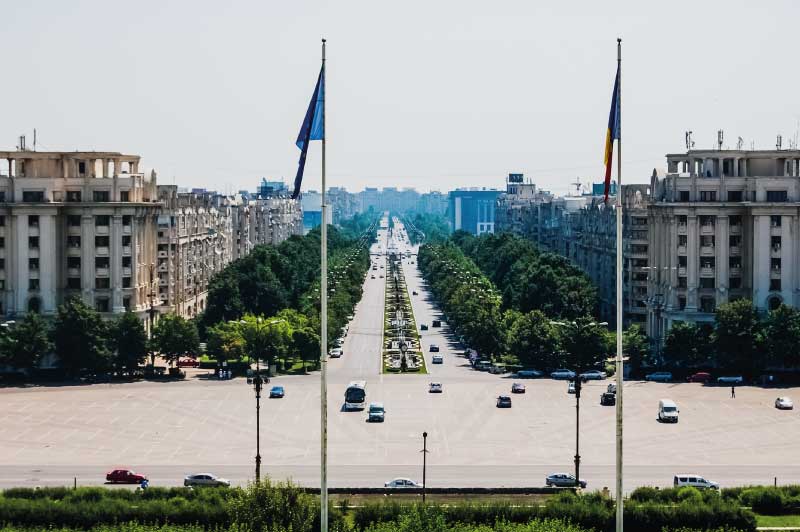
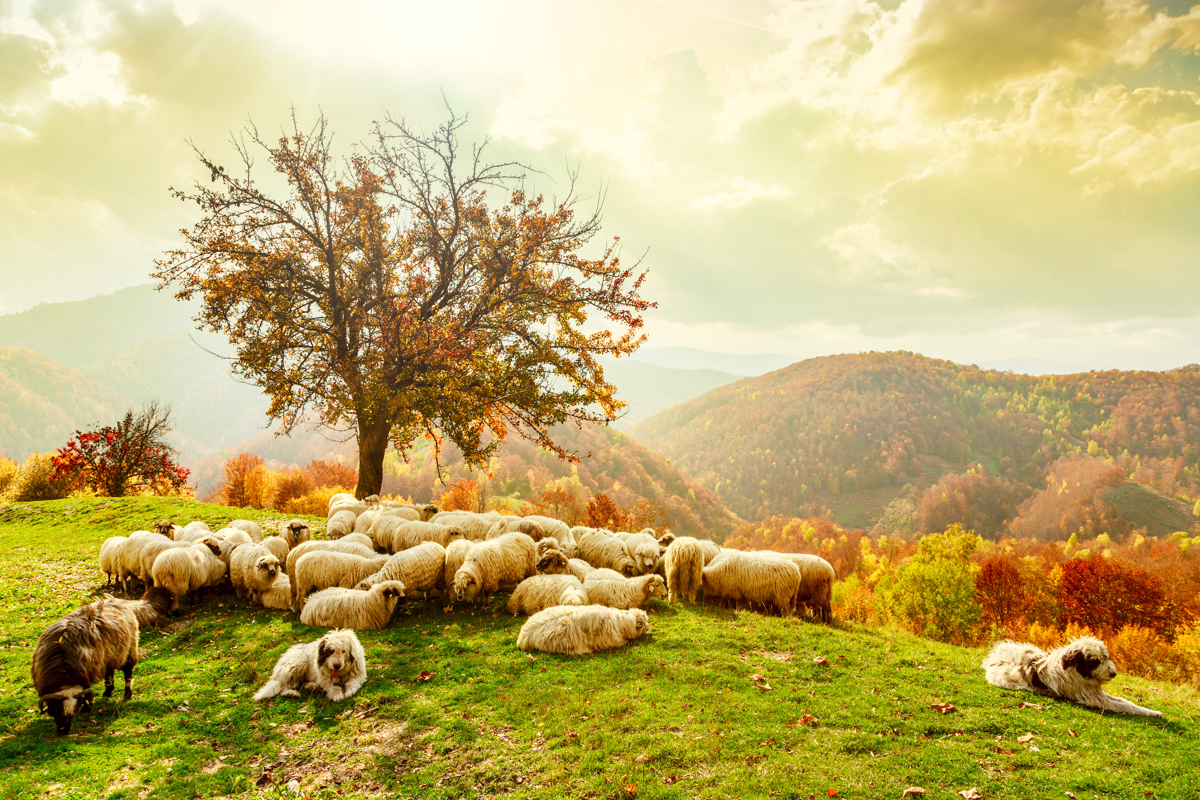

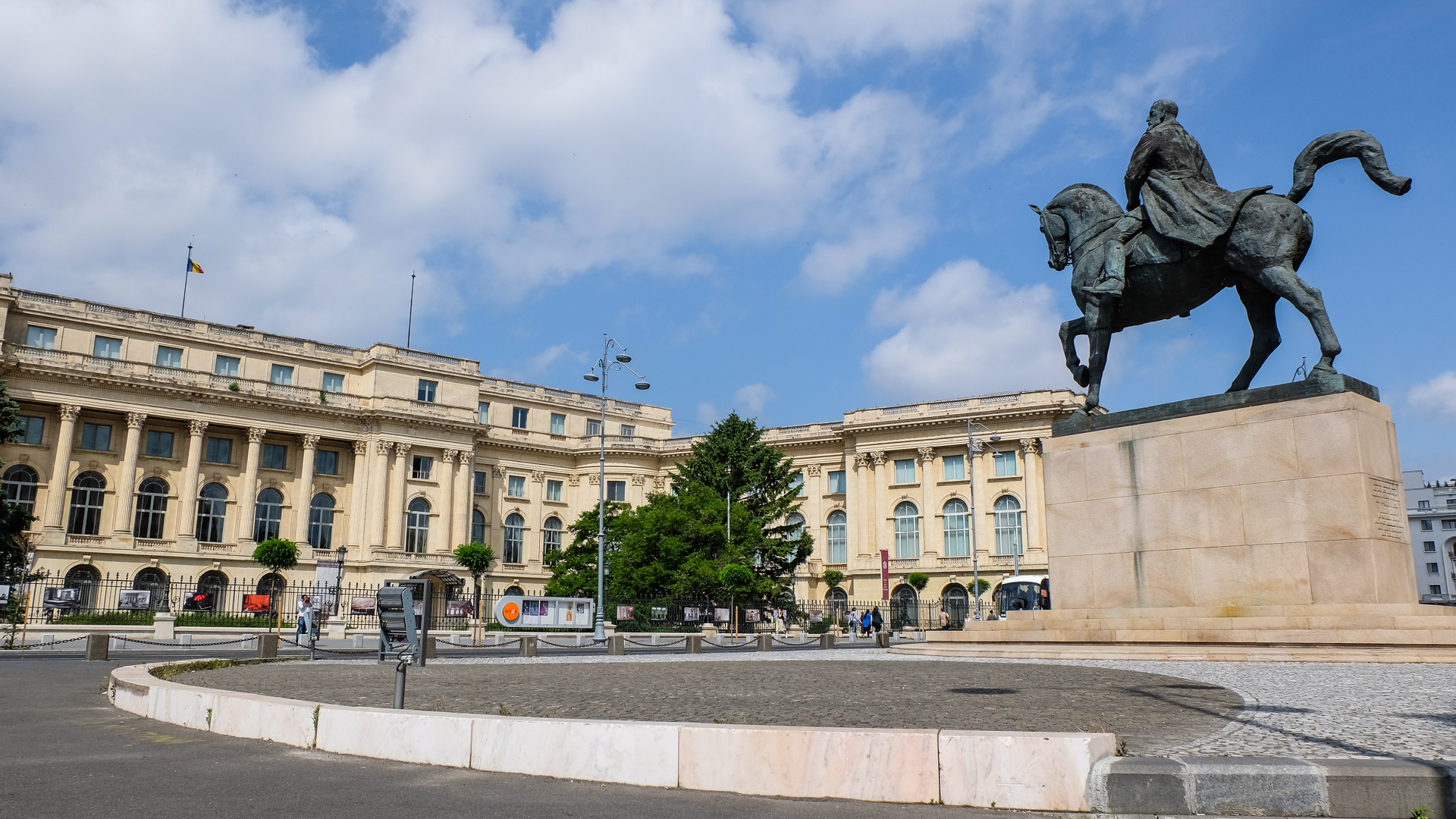
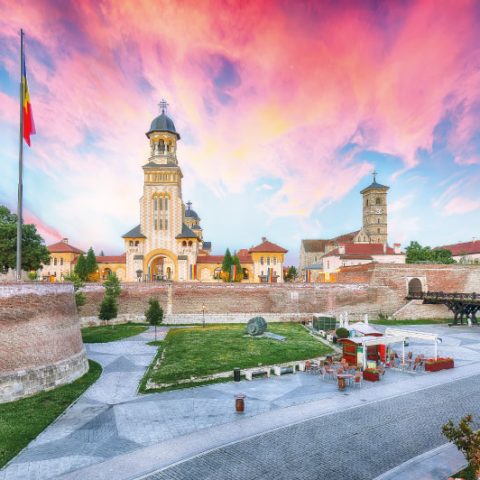
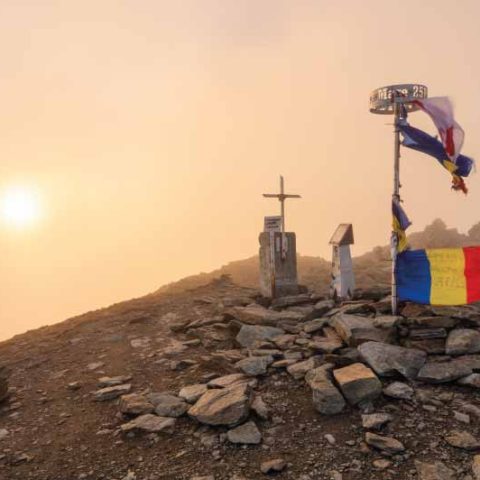











Leave a Reply